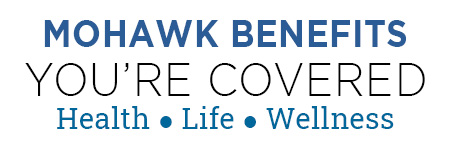
Get Fit at Any Age and Ability
Whether you’re in your 20s or 60s, you can benefit by doing exercise that matches your age and abilities. The U.S. Physical Activity Guidelines for Americans has goals for adults exercising at different stages in life.1 Here’s what you need to know.
Active adults
Adults should get at least 150 minutes of moderate- intensity aerobic exercise a week. That’s about 22 minutes per day or 30 minutes, five days a week. If you’re doing vigorous-intensity workouts, go for at least 75 minutes per week. You should also do muscle- strengthening activities on two or more days a week.
Feeling overwhelmed? Try breaking it down into even smaller bursts of exercise. Even something as short as a five-minute power walk counts. Need a challenge? Ramp up to 300 minutes of moderate-intensity physical activity a week for additional health benefits.
Moderate-intensity exercise ideas: Brisk walking, recreational swimming, water aerobics class
Vigorous-intensity exercises ideas: Running, lap swimming, kickboxing class
Older adults ages 65+
Older adults should add balance training activities to their exercise routine. The amount of exercise recommended is the same: At least 150 minutes per week of moderate-intensity exercise. But it’s important to note that any amount of exercise is better than none. Talk with your doctor and create an exercise plan that works for you.
Exercise ideas: Walking, yoga, gardening
Pregnant and or just had a baby
If you’re pregnant or recently had a baby, talk with your doctor about an exercise routine that’s right for you. A goal of 150 minutes of light- to moderate-intensity aerobic activity a week may be suggested for a healthy pregnancy.
Exercise ideas: Walking, lifting hand weights, swimming or water aerobics, yoga (some poses)
Adults with health challenges
If a chronic condition or disability limits your physical activity, try to increase movement in a way that feels comfortable. Work closely with your doctor to create an exercise plan. This can help you improve physical function and manage your health.
Exercise ideas: Walking, balance exercises, chair exercises, stationary bicycling
Source
1. U.S.DepartmentofHealthandHumanServices.“PhysicalActivityGuidelinesforAmericans.”https://www.hhs.gov/fitness/be-active/physical-activity-guidelines-for-americans/index.html (last reviewed February 1, 2019).
This is general health information and not medical advice or services. You should consult your doctor for medical advice or services, including seeking advice prior to undertaking a new diet or exercise program.
